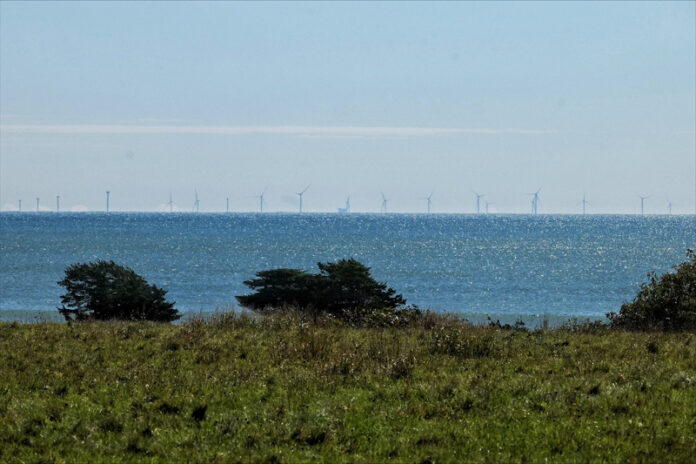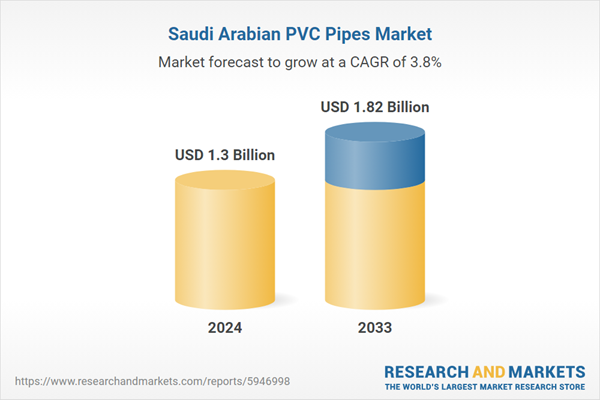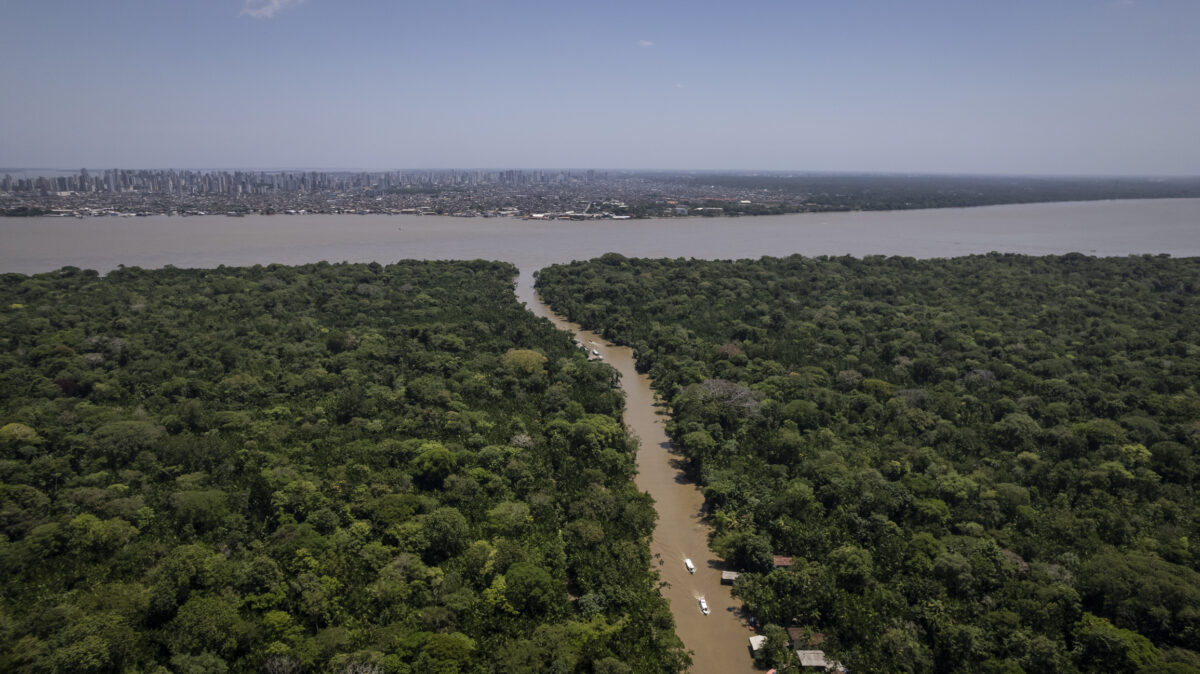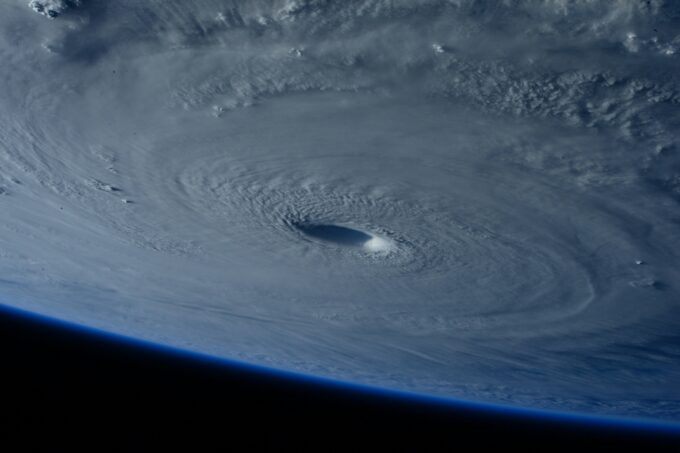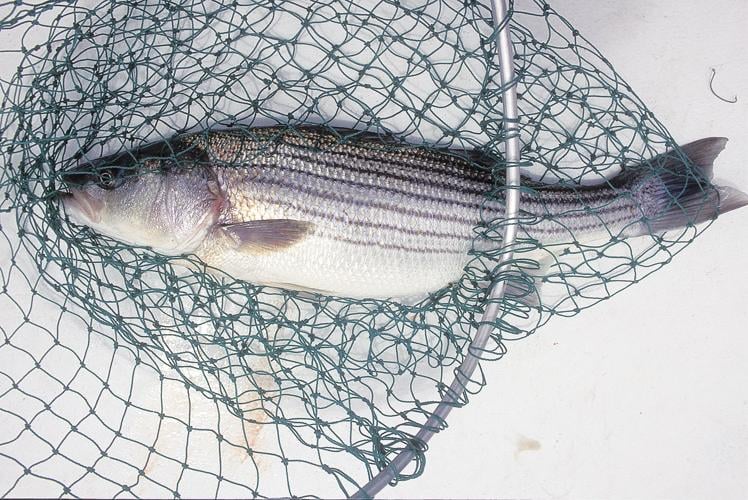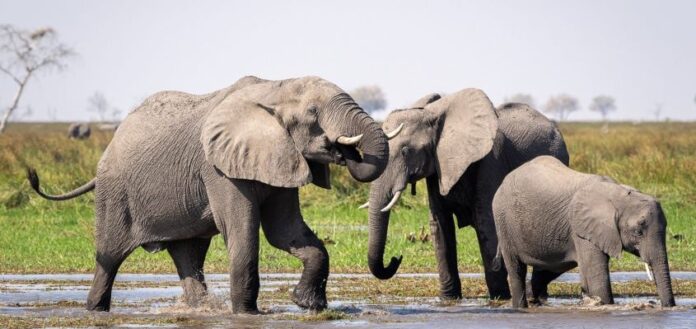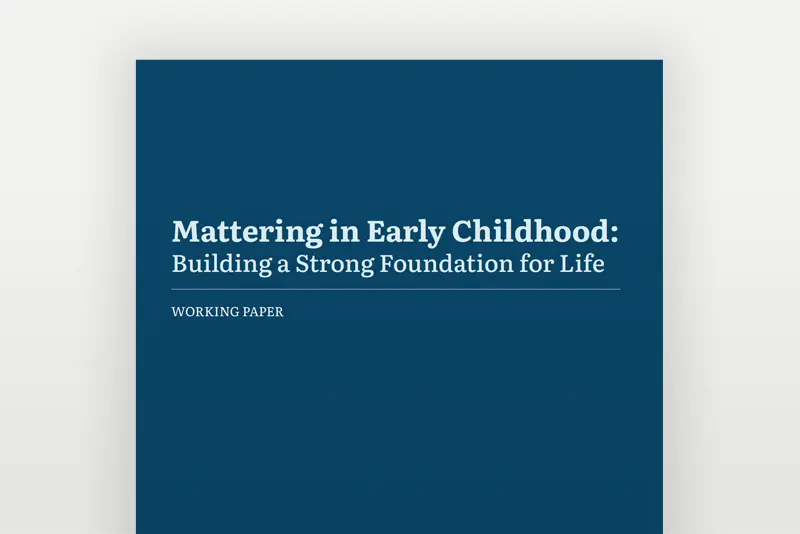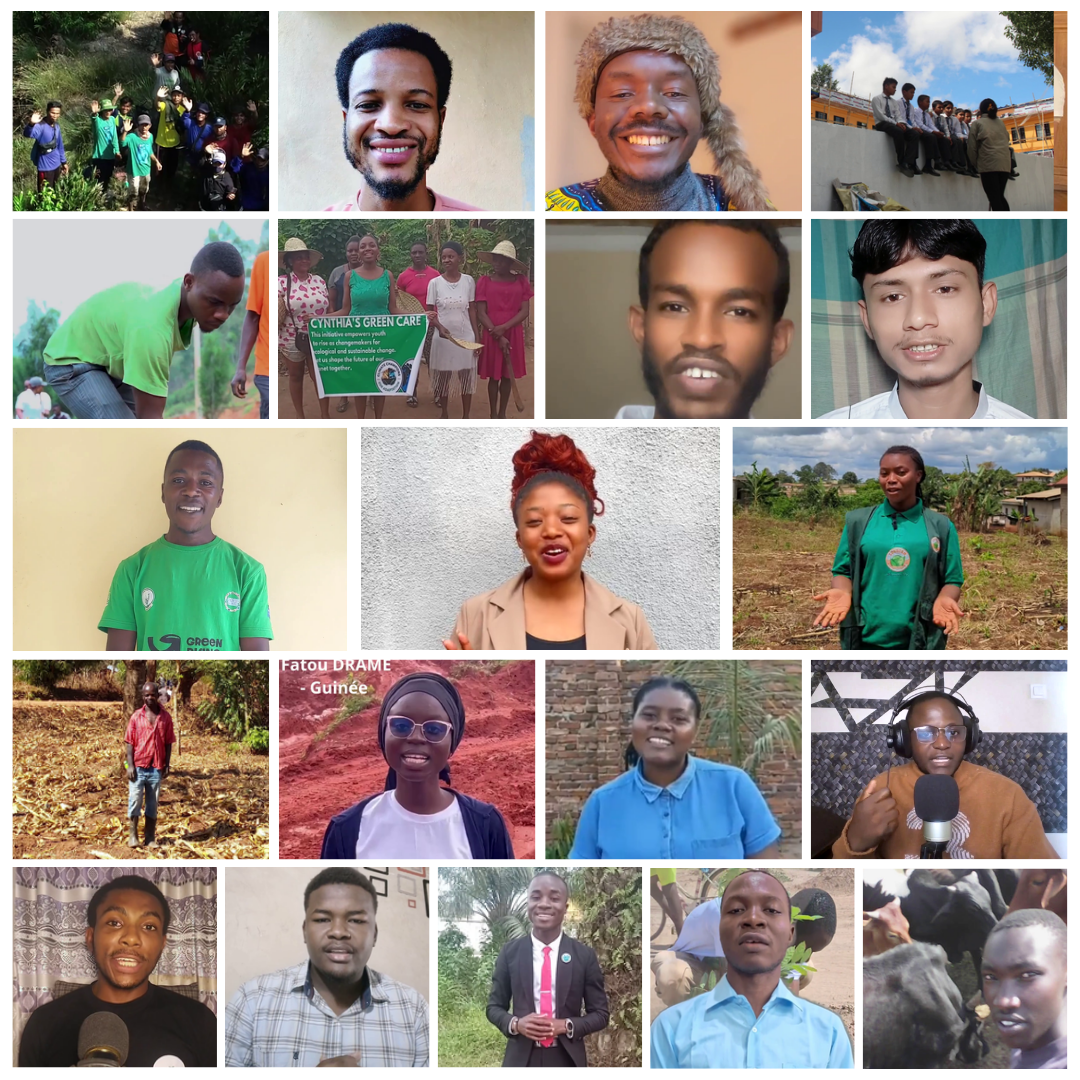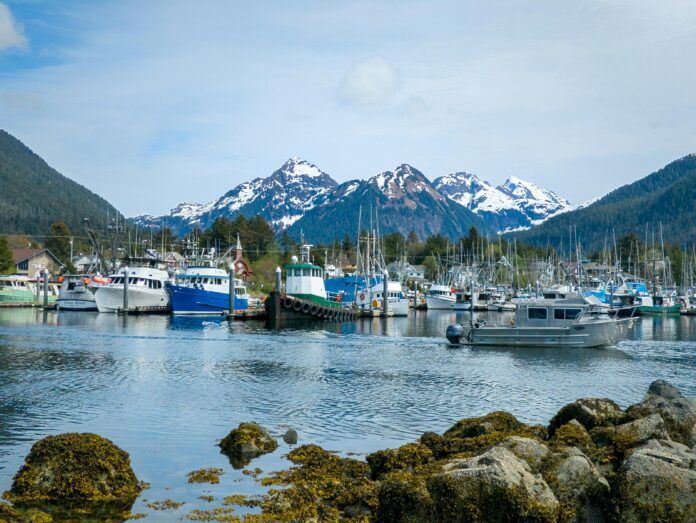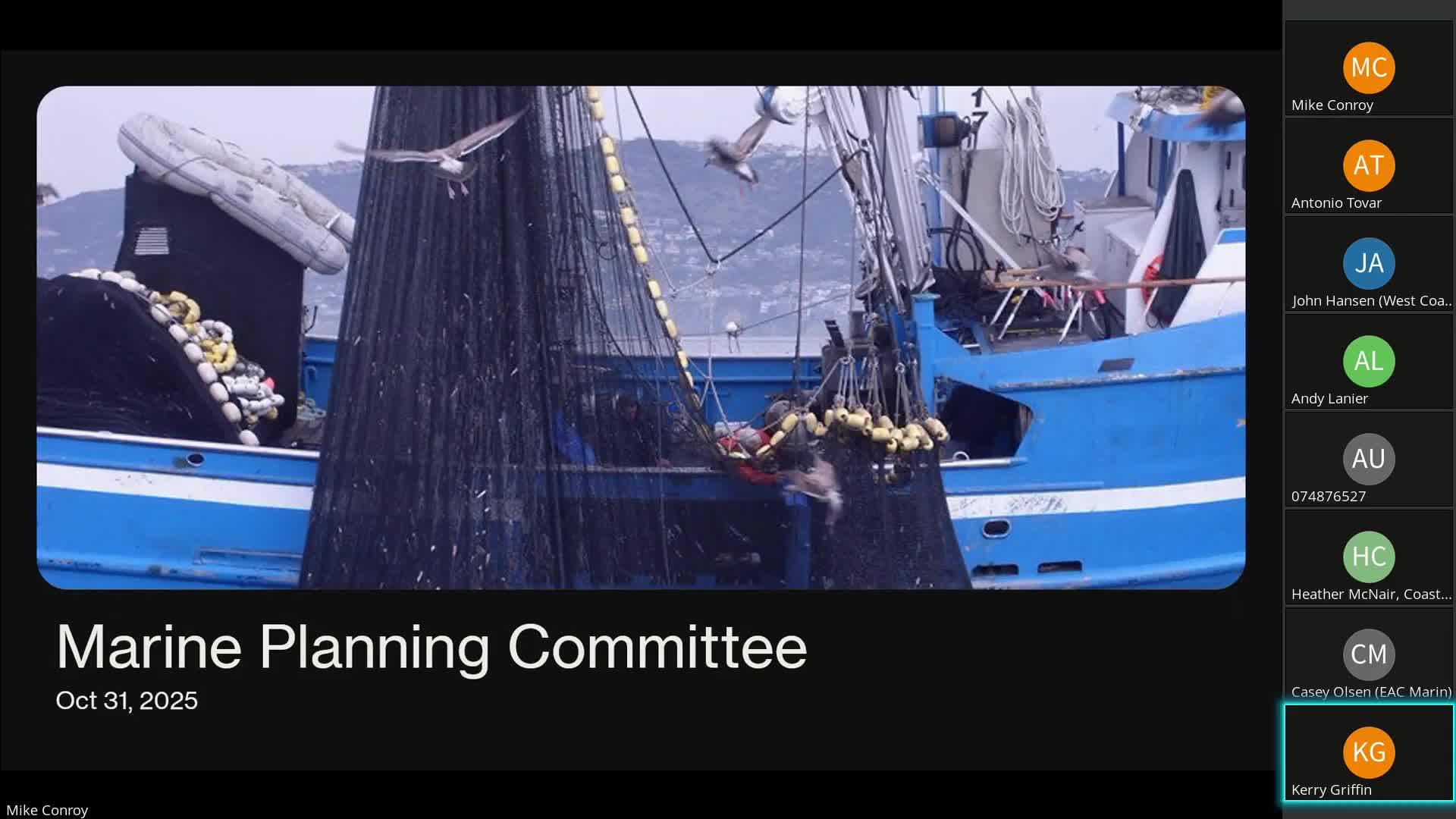Osprey came back from the brink once. Now chicks are dying in nests, and some blame overfishing – Yahoo

Report on Osprey Population Decline in Chesapeake Bay and its Link to Sustainable Development Goals
Executive Summary
A recent analysis of the osprey population in the Chesapeake Bay region indicates a significant decline in reproductive success, threatening a species once hailed as a major conservation success. Scientific evidence links this decline to the reduced availability of Atlantic menhaden, a critical forage fish. This situation presents a complex challenge that directly intersects with several United Nations Sustainable Development Goals (SDGs), primarily pitting the objectives of SDG 14 (Life Below Water) and SDG 15 (Life on Land) against the economic considerations of SDG 8 (Decent Work and Economic Growth). The resolution of this conflict hinges on achieving SDG 12 (Responsible Consumption and Production) through effective multi-stakeholder partnerships as outlined in SDG 17.
Ecological Distress and its Impact on SDG 15: Life on Land
Osprey as a Bioindicator of Ecosystem Health
The osprey serves as a critical indicator for the health of the Chesapeake Bay ecosystem. Research conducted by the Center for Conservation Biology at The College of William & Mary reveals an alarming trend that compromises the objectives of SDG 15, which aims to halt biodiversity loss.
- To maintain a stable population, osprey pairs must fledge an average of 1.15 chicks per year.
- In recent years, reproductive rates in the main stem of the Chesapeake have fallen to less than half of this required threshold.
- In the most distressed areas, the reproductive rate is less than one-tenth of the sustainable level.
- Biologists attribute this failure directly to malnutrition, as osprey chicks are reportedly starving in their nests due to a lack of available menhaden.
This decline represents a significant reversal of the conservation gains achieved after the ban of the pesticide DDT in 1972, which had previously decimated the osprey population.
The Central Role of Menhaden in SDG 14: Life Below Water
Menhaden as a Keystone Species and Economic Driver
The core of the ecological issue is the management of the Atlantic menhaden fishery. The species is fundamental to both the marine food web and a major regional industry, creating a direct tension between the conservation targets of SDG 14 and the economic targets of SDG 8.
Ecological Significance
Menhaden are a nutrient-rich, oily fish essential for the diet of numerous predators, including the osprey. Their availability is inextricably linked to the reproductive performance of these predators. The depletion of this forage fish stock threatens the entire marine food web, undermining the goal of SDG 14 to sustainably manage and protect marine and coastal ecosystems.
Economic Significance
The menhaden fishery is a substantial economic engine, highlighting the importance of SDG 8 (Decent Work and Economic Growth) for coastal communities.
- The fishery was valued at over $200 million at the docks in 2023.
- It is a high-volume industry, with U.S. fishermen catching at least 1.1 billion pounds annually since 1951.
- The industry, dominated by companies like Omega Protein, supports jobs in harvesting and processing.
- Menhaden are also critical as bait for other valuable commercial fisheries, such as lobster.
Stakeholder Conflict and the Path Towards Sustainable Management
Divergent Perspectives on Causality
Achieving a sustainable solution is complicated by conflicting narratives from key stakeholders, a challenge central to implementing SDG 17 (Partnerships for the Goals).
- Scientific and Environmental Position: Conservation scientists and environmental groups present peer-reviewed studies linking the decline in osprey reproduction directly to the localized scarcity of menhaden, advocating for a precautionary approach to fisheries management.
- Industry Position: The fishing industry and associated labor unions argue that the fishery is sustainable. They suggest that other environmental stressors, such as climate change, pollution, and coastal development, could be contributing to the osprey’s decline and that the industry is being unfairly targeted.
Regulatory Response and Policy Implications for SDG 12
The Atlantic States Marine Fisheries Commission, the interstate body responsible for managing the fishery, has initiated a process to address the conflict. This reflects an effort to advance SDG 12 (Responsible Consumption and Production) by developing more holistic management strategies. A dedicated workgroup has proposed several potential management actions to protect the menhaden stock within Chesapeake Bay, including:
- Seasonal closures of the fishery.
- Restrictions on fishing quotas.
- Limitations on the number of days at sea.
- Constraints on the types of fishing gear permitted.
The development of these new rules, expected to begin this summer, represents a critical step toward balancing ecological health with economic activity.
Conclusion: Balancing SDGs for a Sustainable Future
The declining osprey population in the Chesapeake Bay is a clear warning that current resource management practices may be unsustainable. Environmental advocates warn that without intervention, the region risks a steep decline of an iconic species. Resolving this issue serves as a crucial test case for the integrated application of the Sustainable Development Goals. A successful outcome will require a policy framework that protects biodiversity on land and in water (SDG 15 and SDG 14) while supporting economic livelihoods (SDG 8), all achieved through responsible production patterns (SDG 12) and robust multi-stakeholder partnerships (SDG 17).
Analysis of Sustainable Development Goals in the Article
1. Which SDGs are addressed or connected to the issues highlighted in the article?
-
SDG 14: Life Below Water
This goal is central to the article, which focuses on the health of the Chesapeake Bay marine ecosystem. The conflict revolves around the management of menhaden fish stocks and the impact of fishing on the marine food web, directly affecting species like the osprey that depend on it.
-
SDG 15: Life on Land
This goal is addressed through the focus on the osprey, a terrestrial bird species whose population is in decline. The article highlights the threat to this species, its role as an “environmental indicator,” and the need to halt the loss of biodiversity. Although the cause is marine-based, the effect is on a land-nesting animal.
-
SDG 8: Decent Work and Economic Growth
The article connects to this goal by discussing the economic aspects of the menhaden fishery. It mentions the industry’s value (“more than $200 million at the docks in 2023”) and the concerns of labor leaders and fishermen about potential job losses if stricter regulations are imposed, highlighting the tension between environmental protection and economic activity.
-
SDG 12: Responsible Consumption and Production
This goal is relevant through the discussion on the sustainable management of a natural resource. The debate over whether the menhaden fishery is sustainable and the call for “precaution on the fisheries management side” directly relate to ensuring sustainable consumption and production patterns for natural resources.
2. What specific targets under those SDGs can be identified based on the article’s content?
-
Target 14.2: Sustainably manage and protect marine and coastal ecosystems
The entire article discusses the health of the Chesapeake Bay ecosystem. The decline of the osprey population is presented as a symptom of an ecosystem imbalance caused by the reduced availability of menhaden. Efforts by the Atlantic States Marine Fisheries Commission to consider new management approaches aim to better protect this coastal ecosystem.
-
Target 14.4: Effectively regulate harvesting and end overfishing
The core conflict described is about the regulation of menhaden harvesting. Biologist Bryan Watts argues that current fishing levels are unsustainable for the ecosystem, leading to osprey decline. The proposal by a regulatory work group for “seasonal closures, restrictions on quotas or days at sea, and limitations on kinds of fishing gear” is a direct attempt to implement science-based management plans to regulate harvesting effectively.
-
Target 15.5: Take urgent action to halt the loss of biodiversity and protect threatened species
The article details an “alarming trend” of ospreys “failing to successfully fledge enough chicks.” It warns that without action, the population could “tumble to levels not seen since the dark days of DDT” and enter a “steep decline.” This highlights an urgent need to take action to protect a specific species and prevent further biodiversity loss.
-
Target 12.2: Achieve the sustainable management and efficient use of natural resources
The debate between conservationists and the fishing industry is fundamentally about the sustainable management of menhaden. While the industry touts its sustainability, conservationists argue that the current rate of use is detrimental to the wider ecosystem, indicating a conflict over what constitutes sustainable management of this natural resource.
3. Are there any indicators mentioned or implied in the article that can be used to measure progress towards the identified targets?
-
Osprey Reproductive Success Rate
The article provides a very specific indicator for the health of the osprey population and, by extension, the ecosystem. It states that “to maintain population, osprey pairs need to average 1.15 chicks per year.” It then provides data on the current failure to meet this target: “today in some areas… it’s less than half of that,” and in others, “they aren’t even reproducing at one-tenth that level.” This quantitative data can directly measure progress towards Target 15.5.
-
Status of the Osprey as an “Environmental Indicator”
The article explicitly states, “Osprey are an environmental indicator.” This means the health and population numbers of the osprey can be used as a proxy indicator to measure the overall health and resilience of the Chesapeake Bay ecosystem, relevant to Target 14.2.
-
Volume of Fish Catch
An indicator for the pressure on fish stocks (Target 14.4) is mentioned: “U.S. fishermen have caught at least 1.1 billion pounds of menhaden every year since 1951.” Monitoring this volume against scientific advice for sustainable yields would be a key measure of progress.
-
Economic Value of the Fishery
The article mentions the fishery is “worth more than $200 million at the docks in 2023.” This economic indicator is relevant to SDG 8 and can be tracked alongside environmental indicators to assess the balance between economic growth and environmental sustainability.
4. Table of SDGs, Targets, and Indicators
| SDGs | Targets | Indicators |
|---|---|---|
| SDG 14: Life Below Water |
14.2: Sustainably manage and protect marine and coastal ecosystems.
14.4: Effectively regulate harvesting and end overfishing. |
– The health and reproductive success of the osprey population, which is described as an “environmental indicator” for the Chesapeake Bay ecosystem. – Annual catch volume of menhaden (currently “at least 1.1 billion pounds” per year). – Implementation of new management rules (e.g., seasonal closures, quotas). |
| SDG 15: Life on Land | 15.5: Take urgent action to halt the loss of biodiversity and protect threatened species. |
– Osprey chick survival rate per pair, measured against the sustainability threshold of 1.15 chicks per year. – Current reproductive rates (“less than half” or “one-tenth” of the required level in some areas). |
| SDG 8: Decent Work and Economic Growth | 8.4: Improve resource efficiency and decouple economic growth from environmental degradation. |
– Economic value of the menhaden fishery (“more than $200 million at the docks in 2023”). – Number of jobs in the fishing industry (implied through concerns of “labor leaders”). |
| SDG 12: Responsible Consumption and Production | 12.2: Achieve the sustainable management and efficient use of natural resources. | – The balance between the amount of menhaden harvested for industrial use and the amount required to sustain the ecosystem’s food web. |
Source: yahoo.com

What is Your Reaction?
 Like
0
Like
0
 Dislike
0
Dislike
0
 Love
0
Love
0
 Funny
0
Funny
0
 Angry
0
Angry
0
 Sad
0
Sad
0
 Wow
0
Wow
0
























